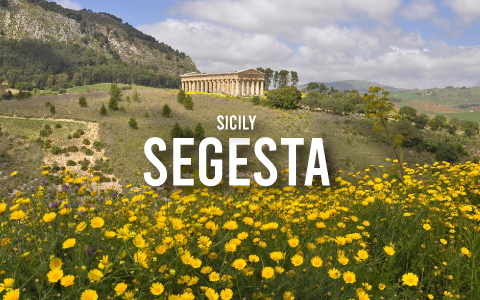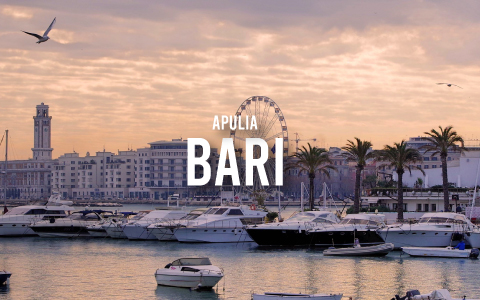
Segesta: Tracing the Footsteps of Magna Graecia
The echoes of ancient stories still resonate among Sicily’s timeworn stones—an irresistible call for those seeking a journey that goes beyond the ordinary vacation. Here, breathtaking landscapes serve as silent guardians of past civilizations. Among the island’s most treasured historical sites, Segesta stands out as a place where Hellenic architecture blends harmoniously with nature, creating an atmosphere rich in mystery and charm.
The History of Segesta
Just a few kilometers from the Zingaro Nature Reserve lies Segesta, founded in the 5th century BC by the Elymians, an ancient people who settled in western Sicily long before the arrival of the Greeks. According to legend, the Elymians—who also established the enchanting town of Erice—managed to preserve their cultural identity for centuries, resisting the Greek influence that shaped much of the island. Though historical sources are limited, their legacy is steeped in enduring fascination.
Segesta was a longtime rival of nearby Selinunte, a powerful Greek city located on the southern border of Elymian territory. Their rivalry led to the destruction of Selinunte, following a series of events involving both Athens and Carthage. In later centuries, Segesta allied itself with Rome—but by that time, the Elymian culture had already merged with other Sicilian traditions, gradually losing its distinct identity.
Today, much of Segesta’s splendor remains remarkably intact. After the urban center moved closer to the coast, the original site was largely untouched by later development, helping to preserve its archaeological integrity. The ancient city’s layout and structures are still partly shrouded in mystery, with ongoing excavations and studies continuing to uncover new insights into this enigmatic settlement.
Top 5 Must-See Sites in Segesta
The Segesta Archaeological Park is best explored slowly and thoughtfully. Here are five unmissable highlights:
1. The Doric Temple
The Doric Temple of Segesta is a masterpiece of ancient Greek architecture, commanding the landscape with its imposing silhouette. Though unfinished—the columns remain unfluted, and the inner cella was never completed—its grandeur is undeniable. Thirty-six massive Doric columns reach toward the sky, creating a timeless and awe-inspiring scene.
2. The Ancient Theater
Carved into the rock of Mount Barbaro, the Ancient Theater of Segesta offers a panoramic view stretching all the way to the Gulf of Castellammare. Dating to the 3rd century BCE, it is a remarkable example of a Greek amphitheater, with a 63-meter-diameter cavea that could hold around 4,000 spectators. Today, it still hosts performances and concerts in the summer, offering a one-of-a-kind cultural experience in a historic setting.
3. The Sanctuary of Contrada Mango
A few kilometers from the main site, the Sanctuary of Contrada Mango is an ancient sacred area associated with Elymian religious practices. Excavations have uncovered the remains of a temple and several auxiliary structures. Less visited but deeply evocative, this site offers a glimpse into Sicily’s more obscure and ancient spiritual past.
4. The Agora and Urban Area
Exploring the agora and the remnants of Segesta’s urban zone offers insight into the daily lives of its ancient inhabitants. Although much of the layout remains under study, traces of homes, streets, and communal spaces paint a picture of a once-thriving city with a complex social and civic structure.
5. The Valley Gate and City Walls
The remnants of Segesta’s city walls and the dramatic Valley Gate underscore the settlement’s strategic and defensive significance. Walking along these fortifications, you can appreciate the sophisticated engineering of ancient builders and enjoy sweeping views of the surrounding countryside.
Getting to Segesta from Palermo
The easiest and most convenient way to reach Segesta from Palermo is by car. The drive takes about an hour via the A29 motorway toward Mazara del Vallo. Take the “Segesta” exit. Along the way, you’ll pass through scenic stretches of Sicilian countryside—consider stopping in the nearby seaside village of Scopello for a taste of local charm.
Segesta can also be reached via public transport, though the journey requires a few connections. From Palermo, take a train to Calatafimi-Segesta station, followed by a local bus or taxi to the archaeological site. Be sure to check train and bus schedules in advance, especially if traveling during off-peak seasons or holidays.



